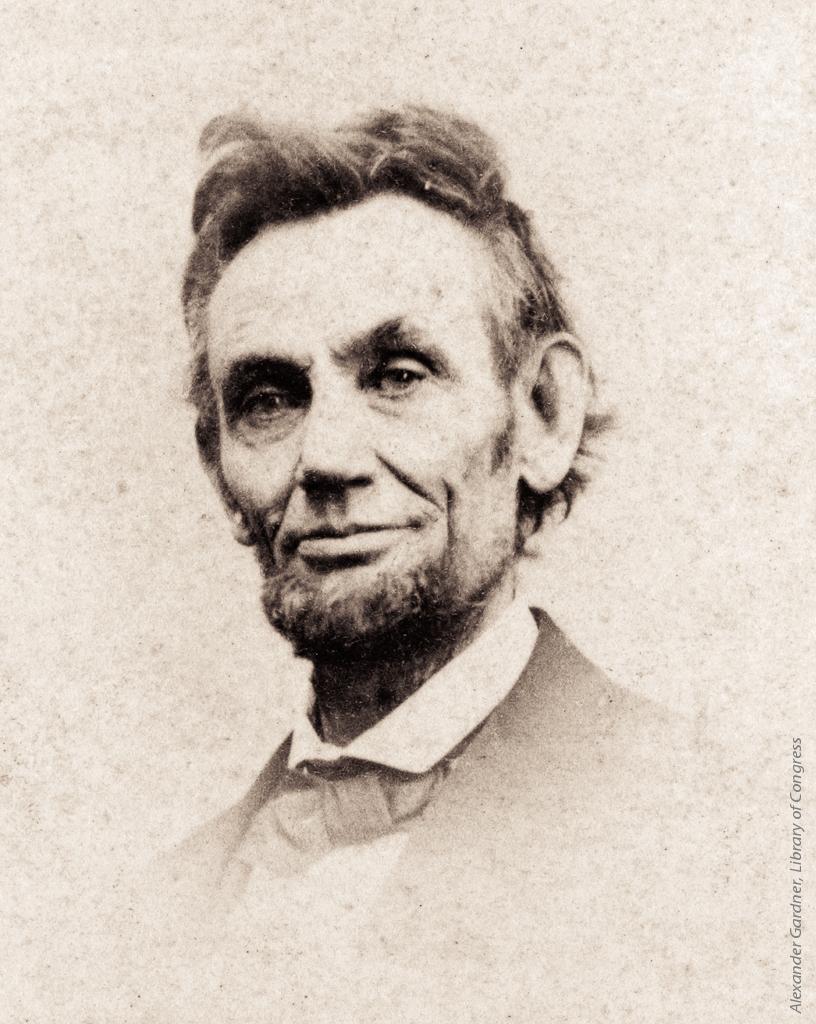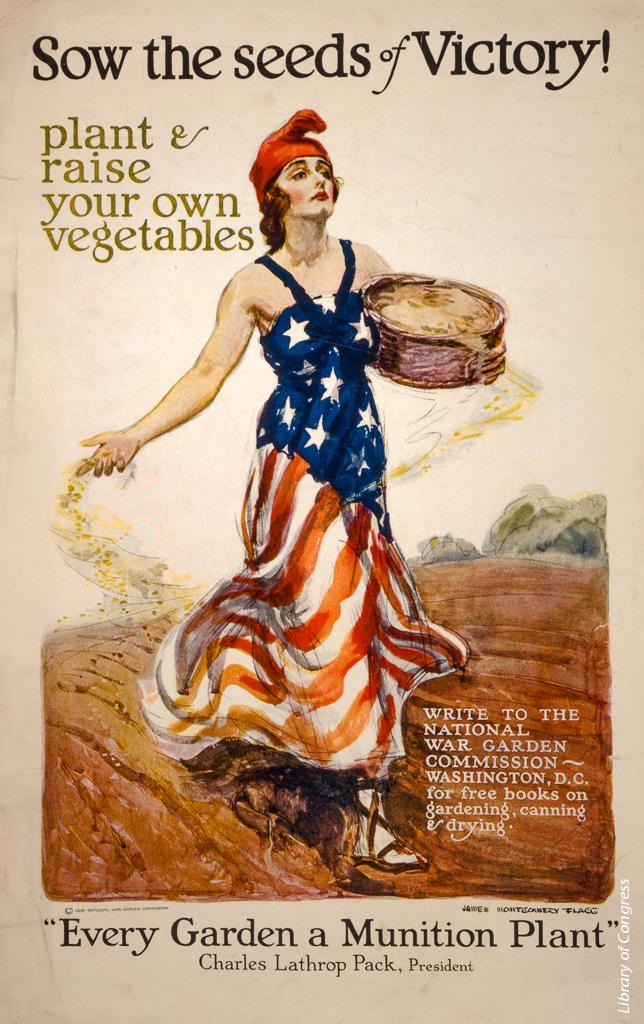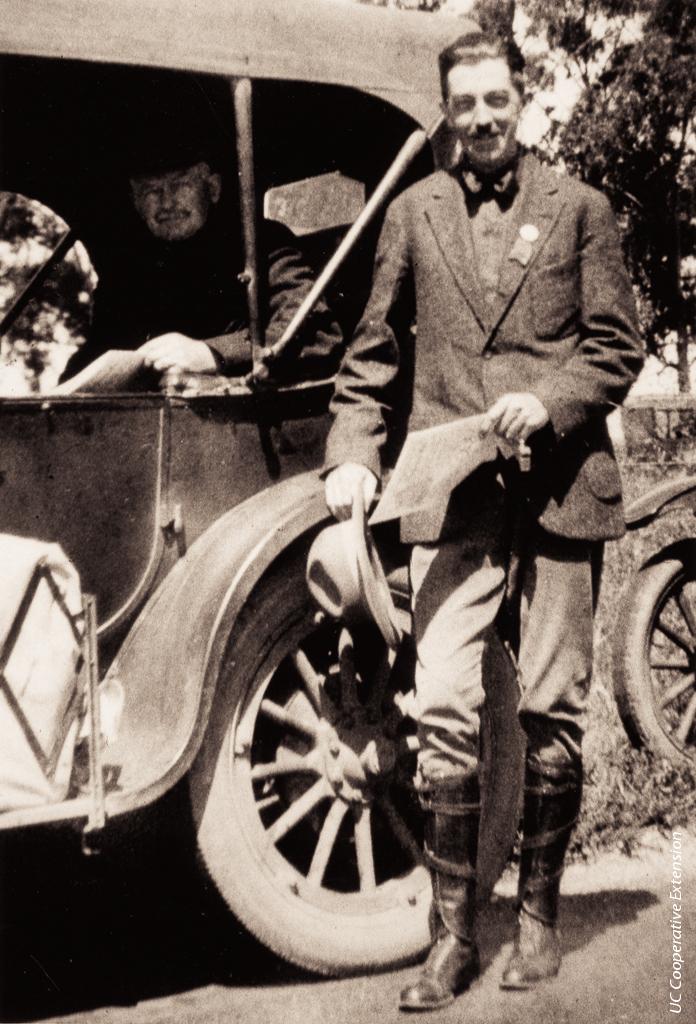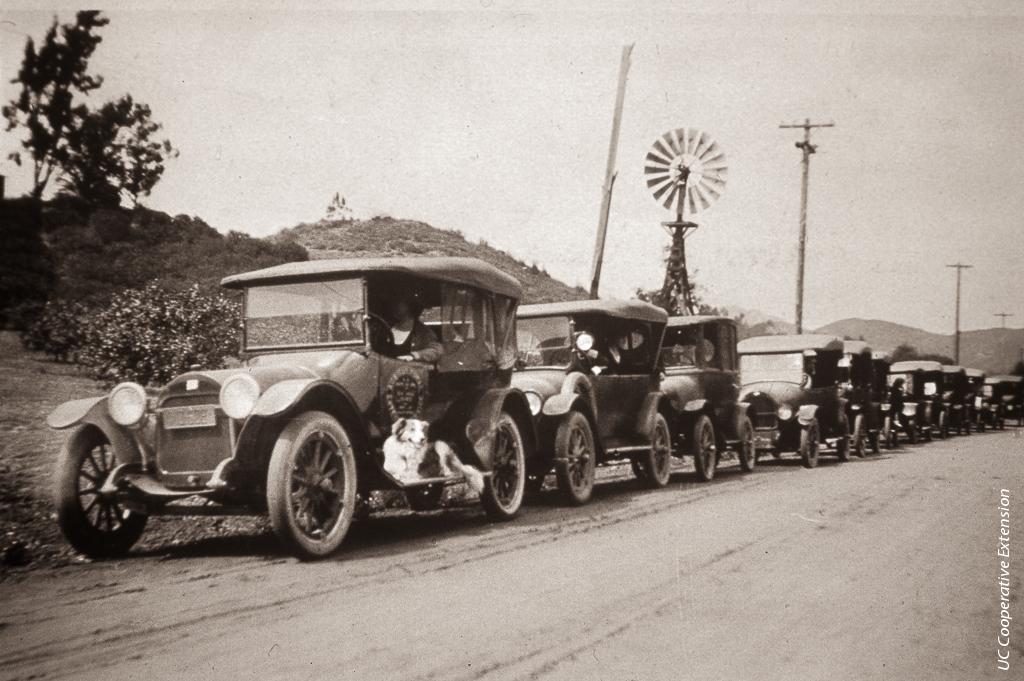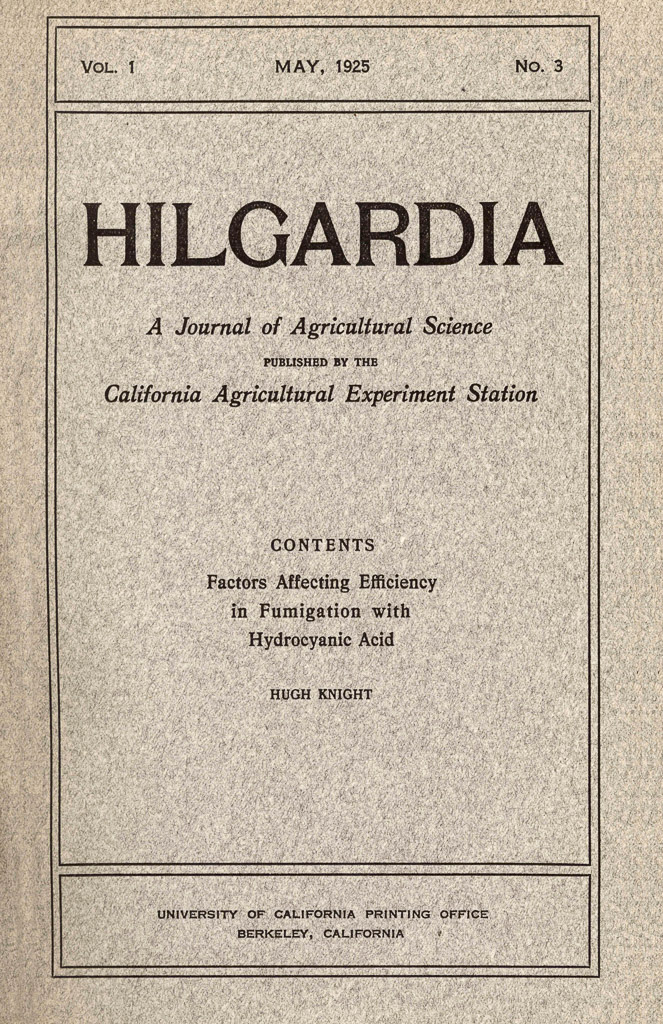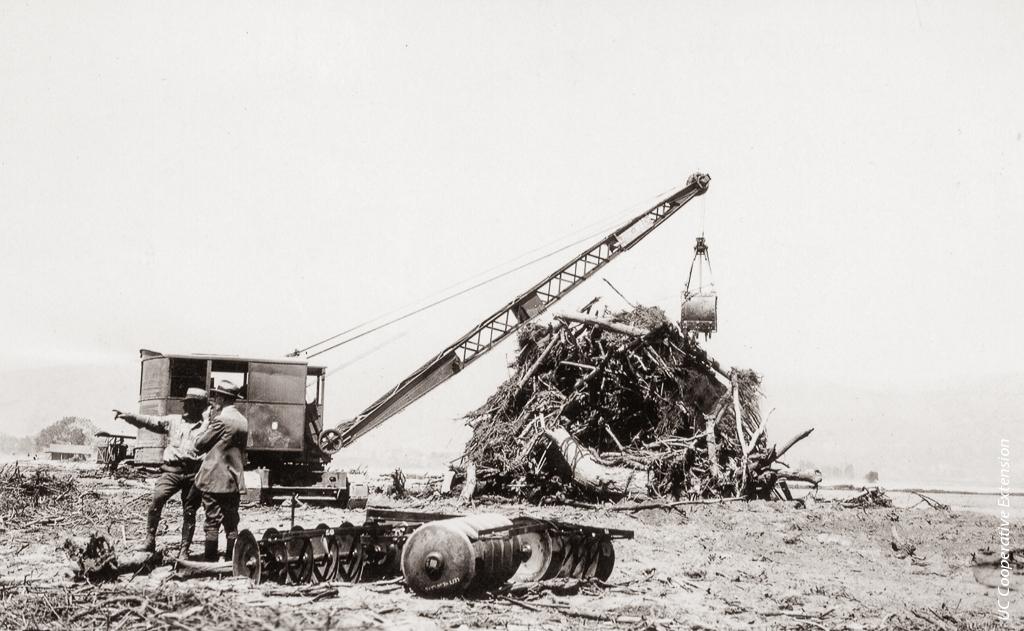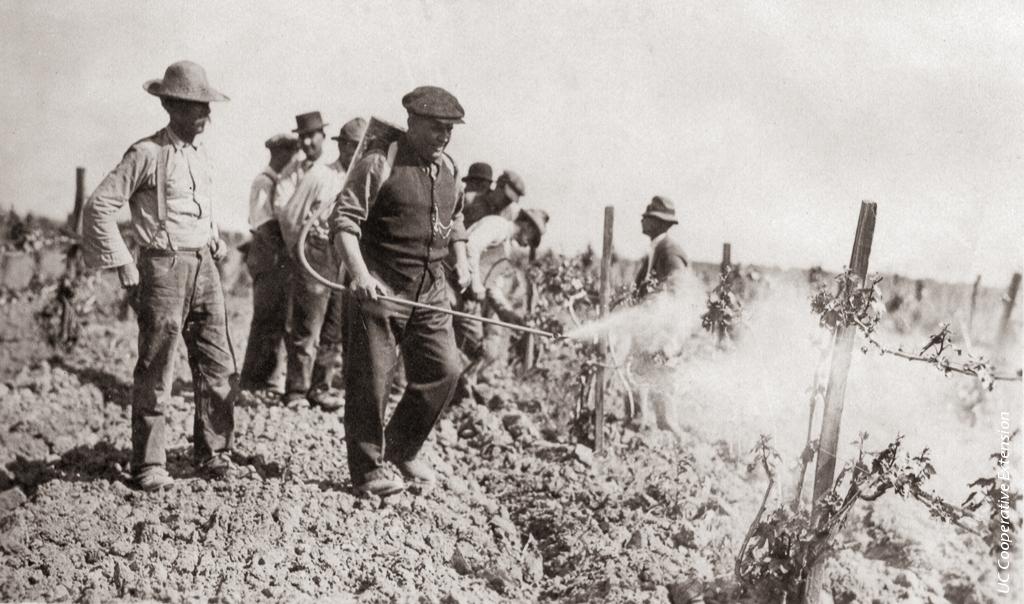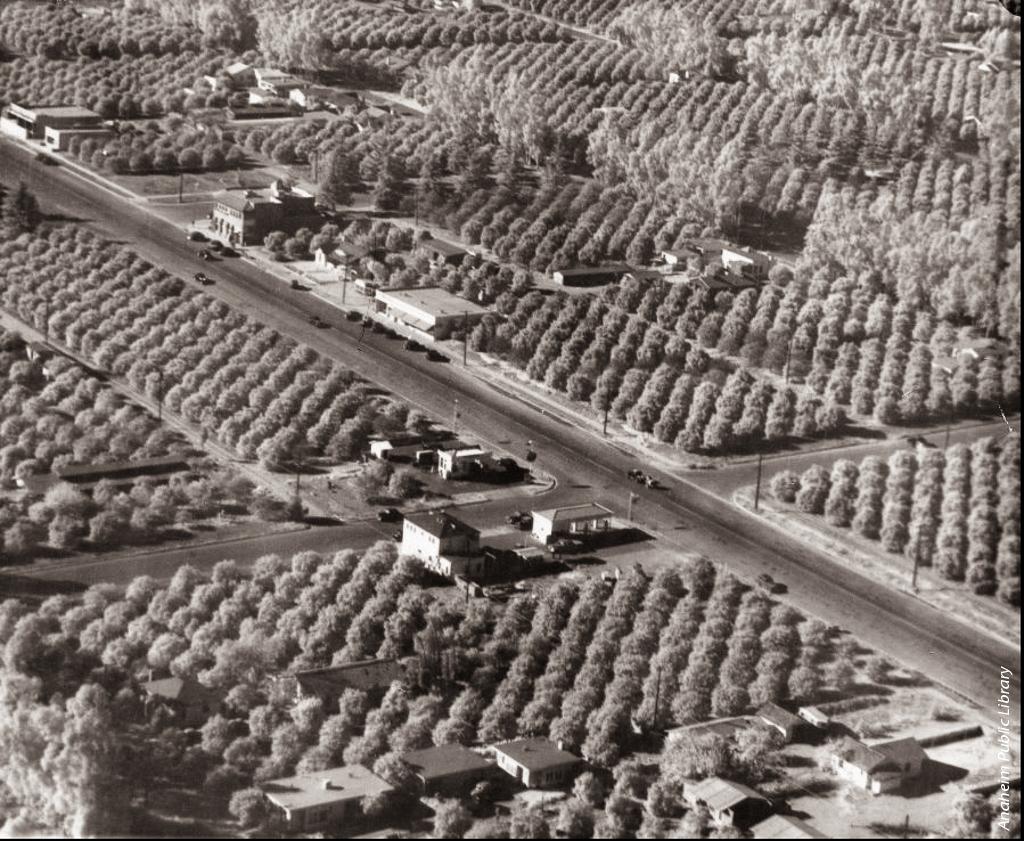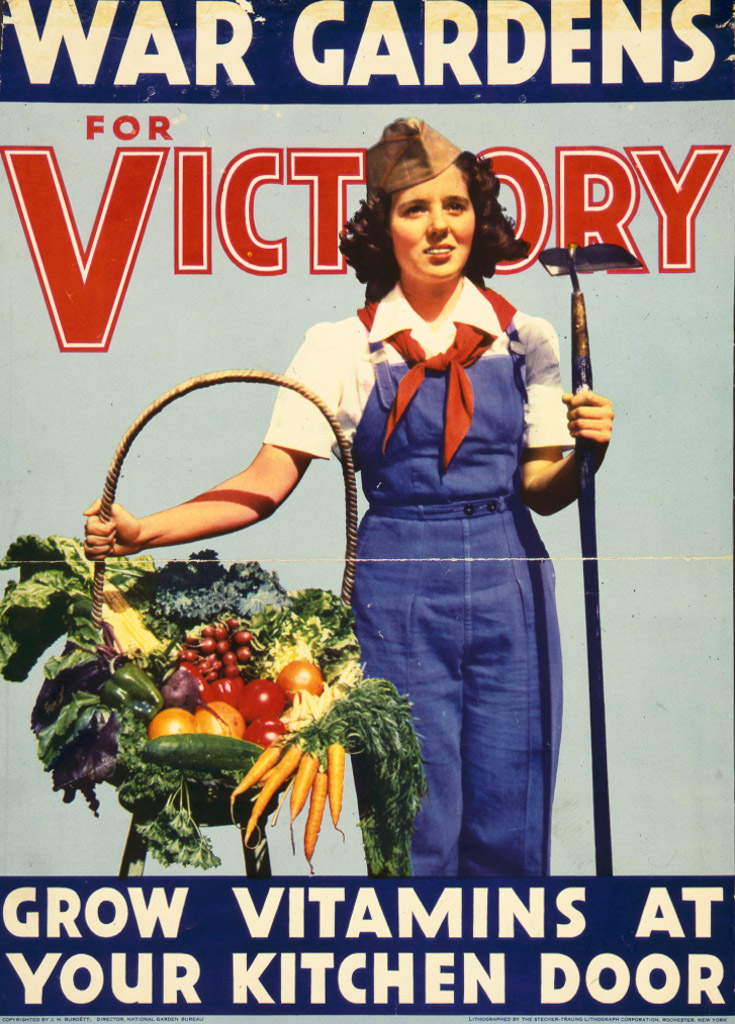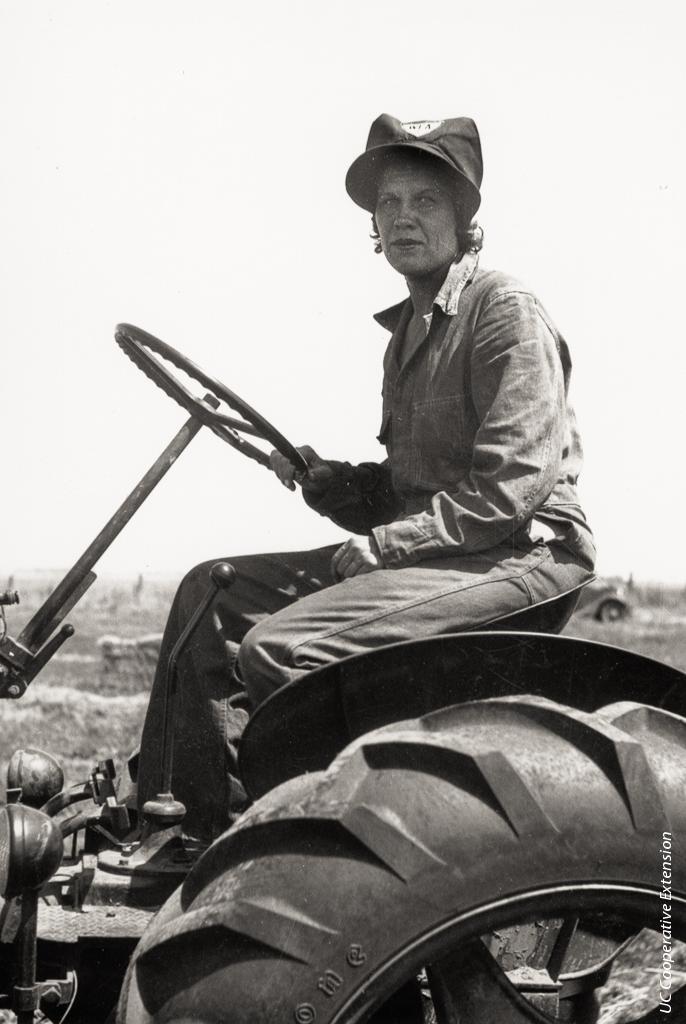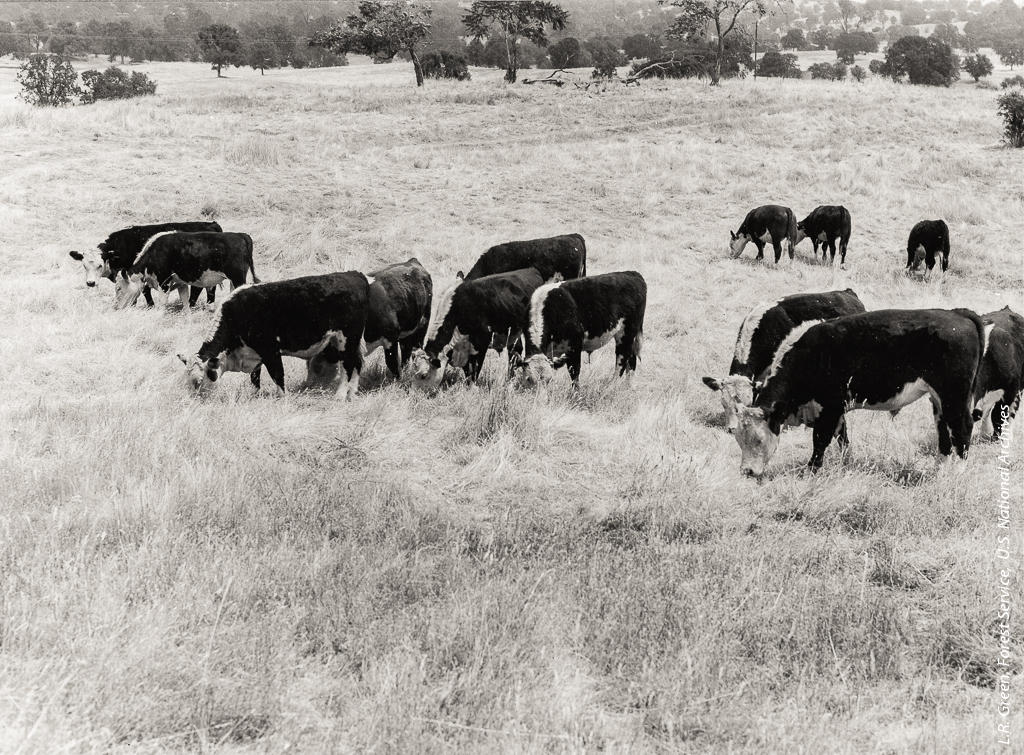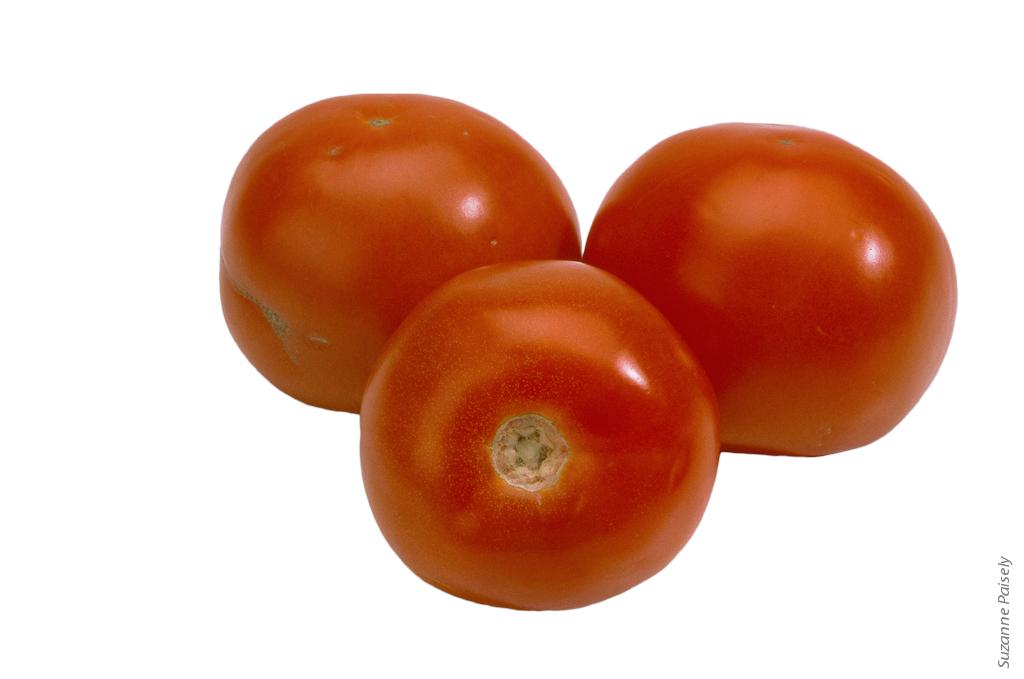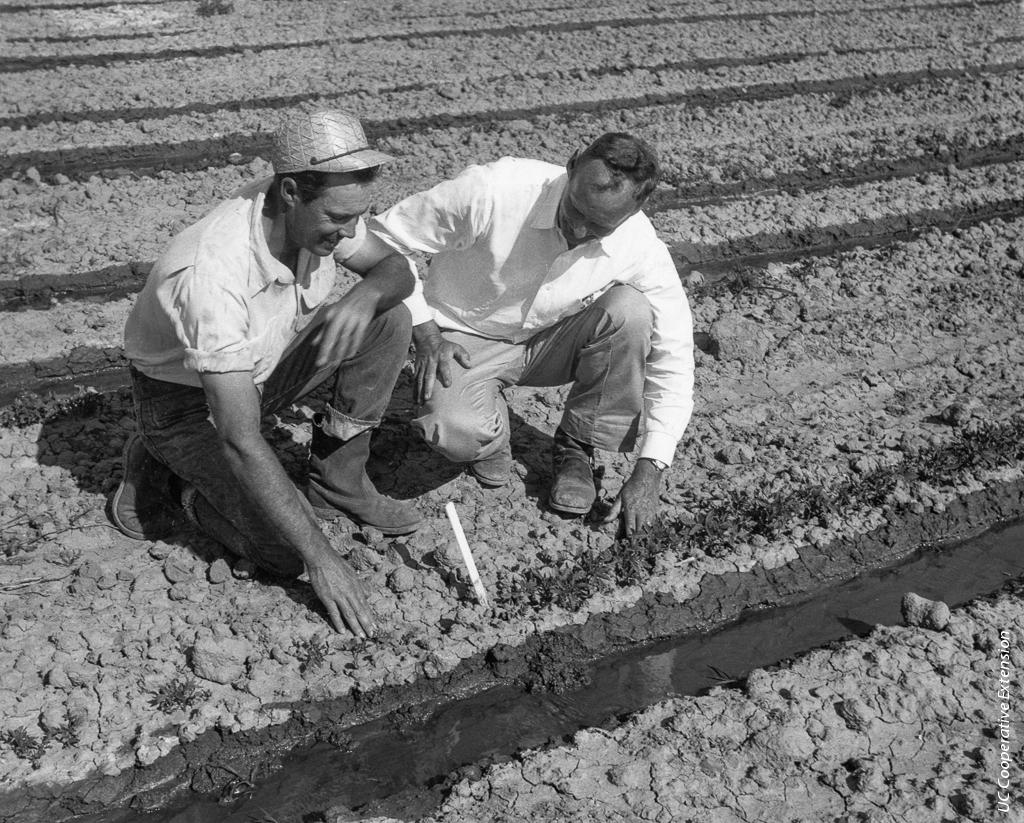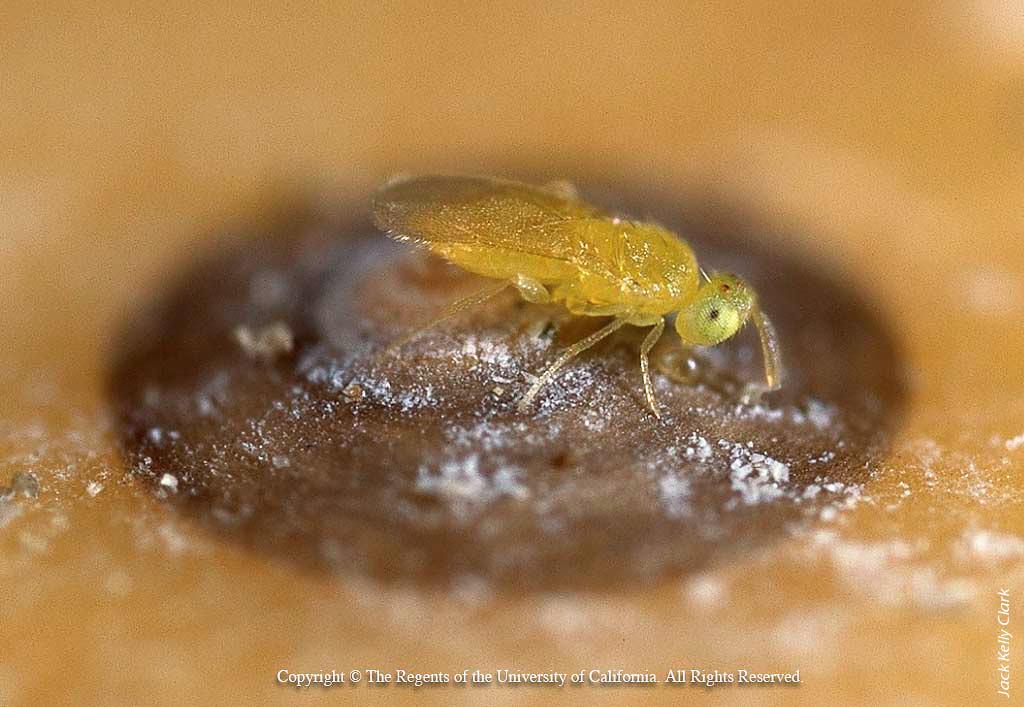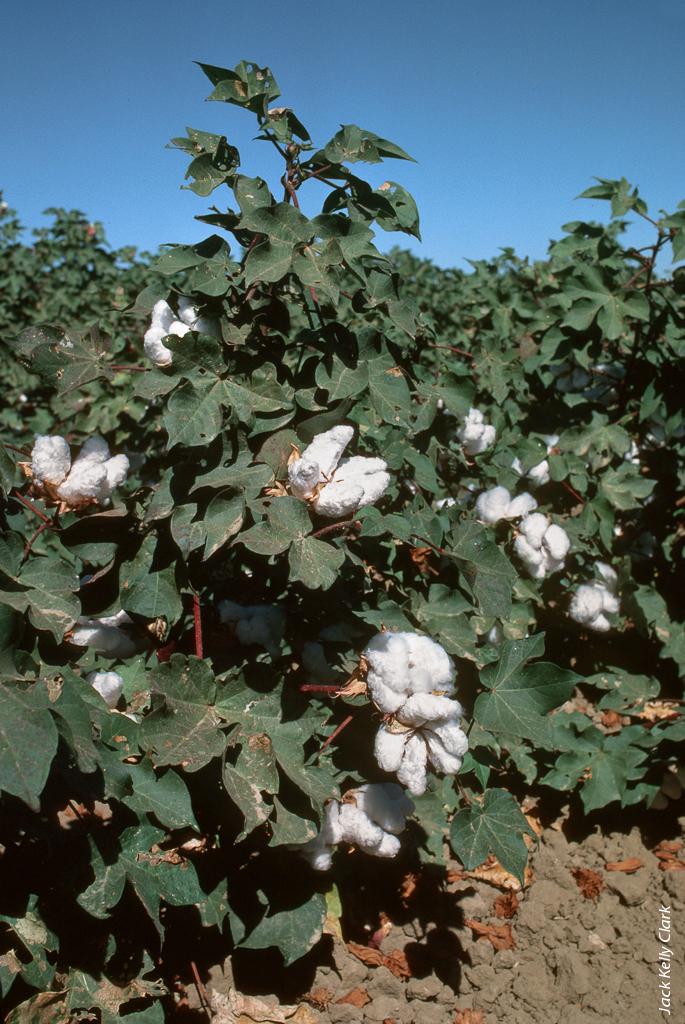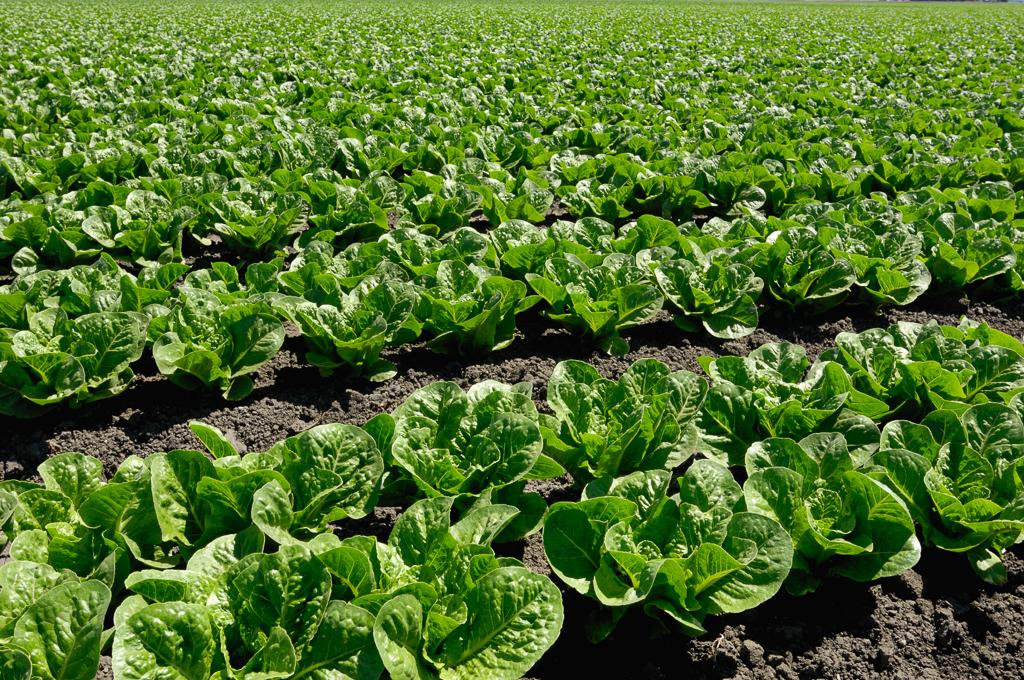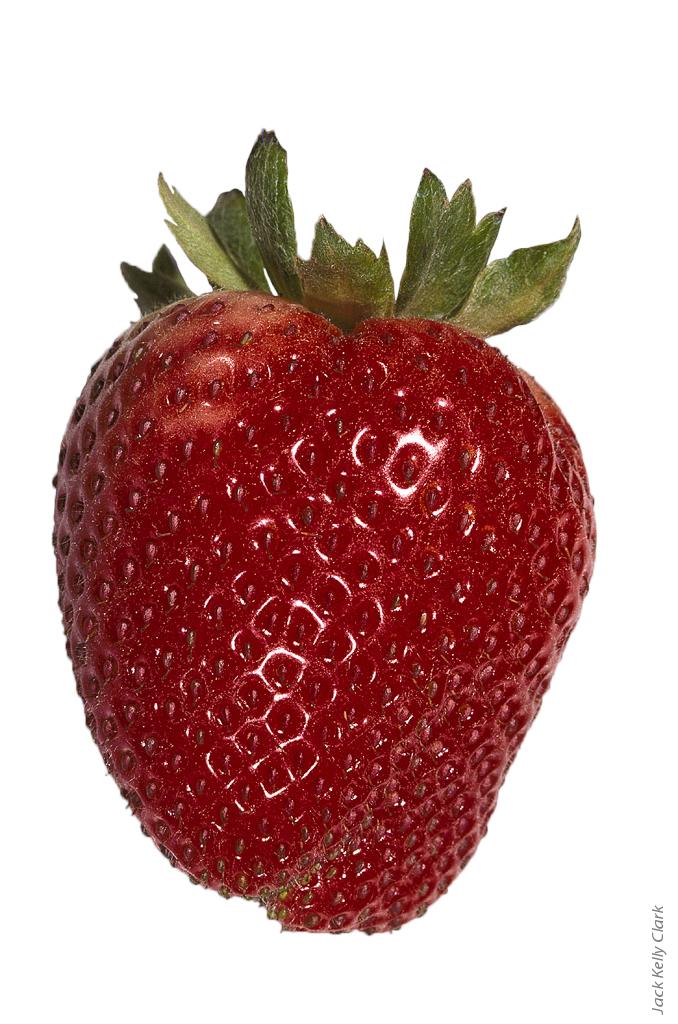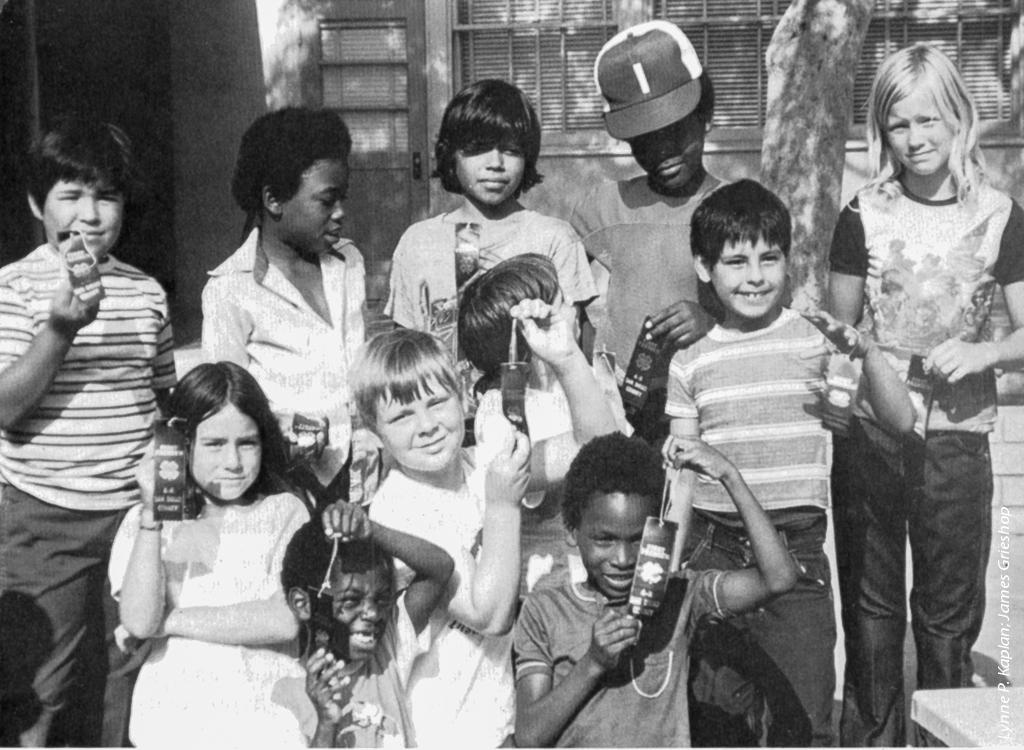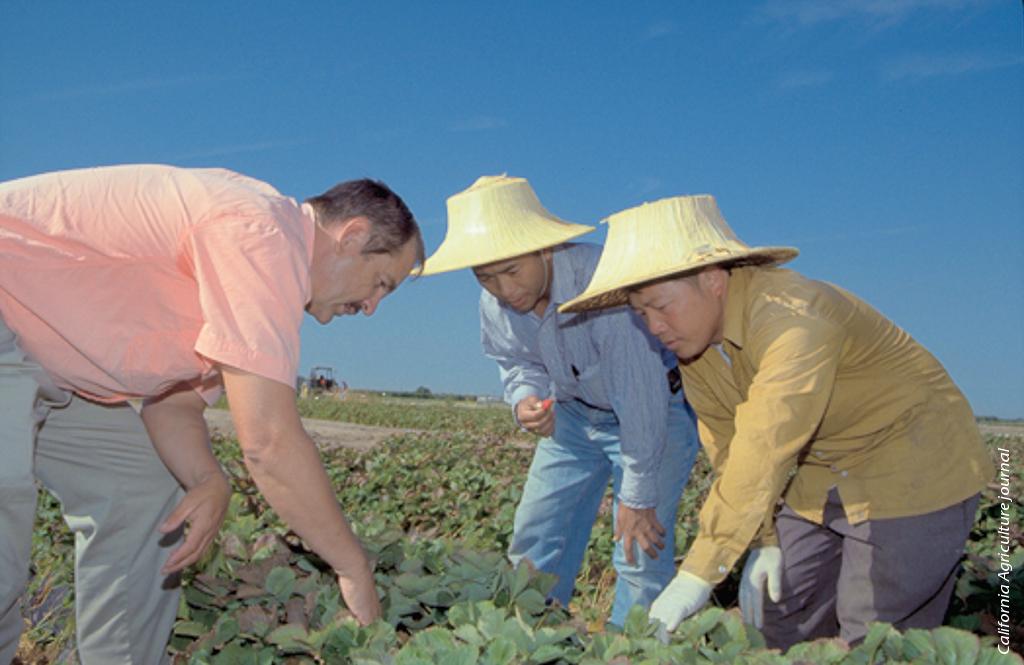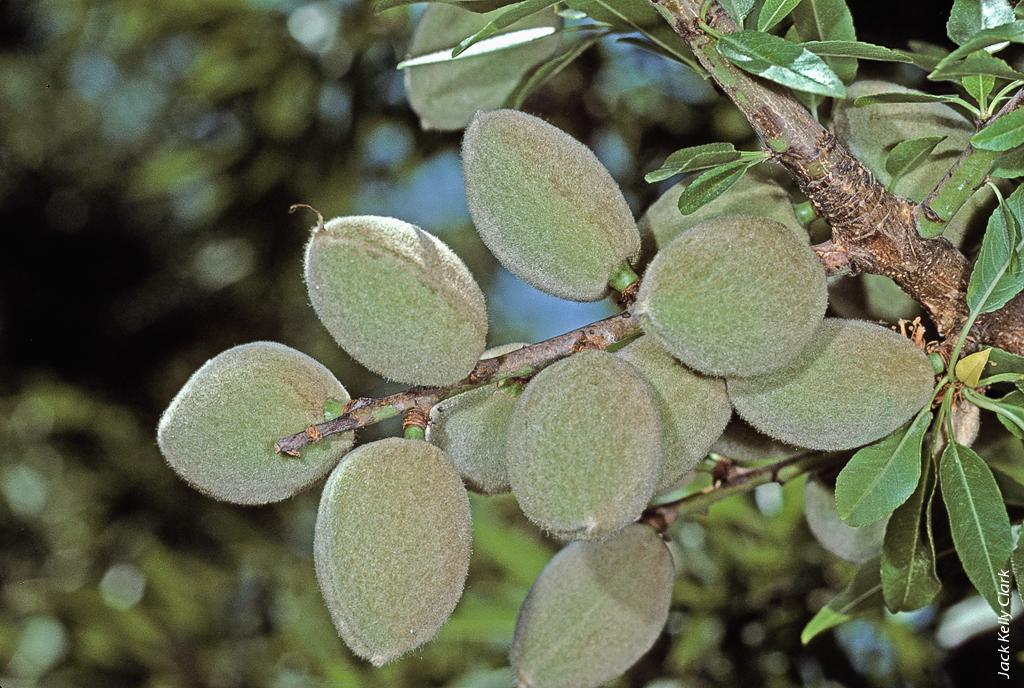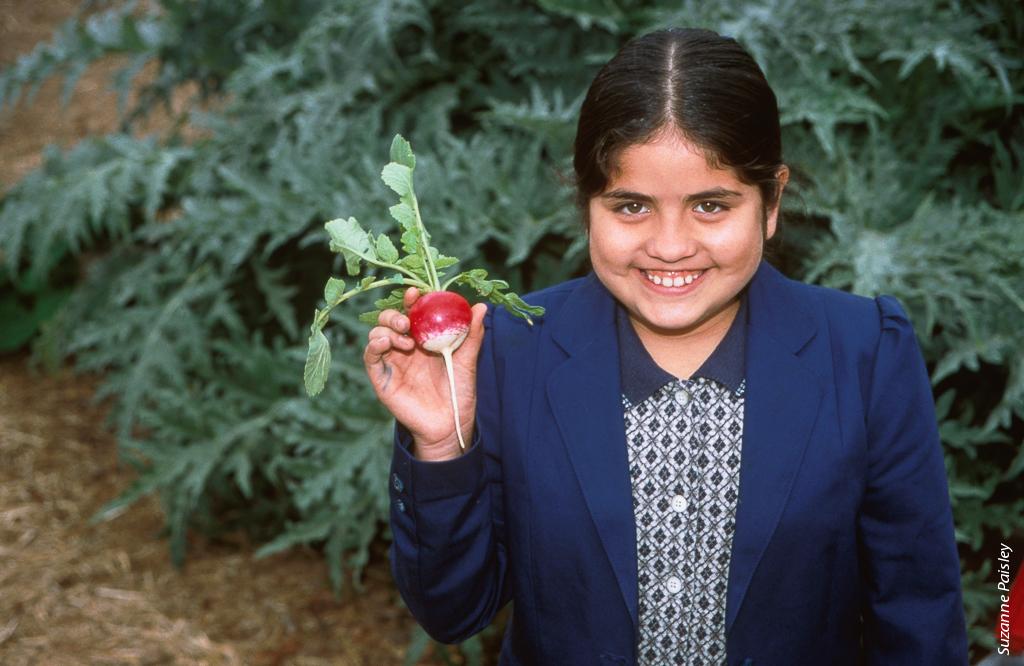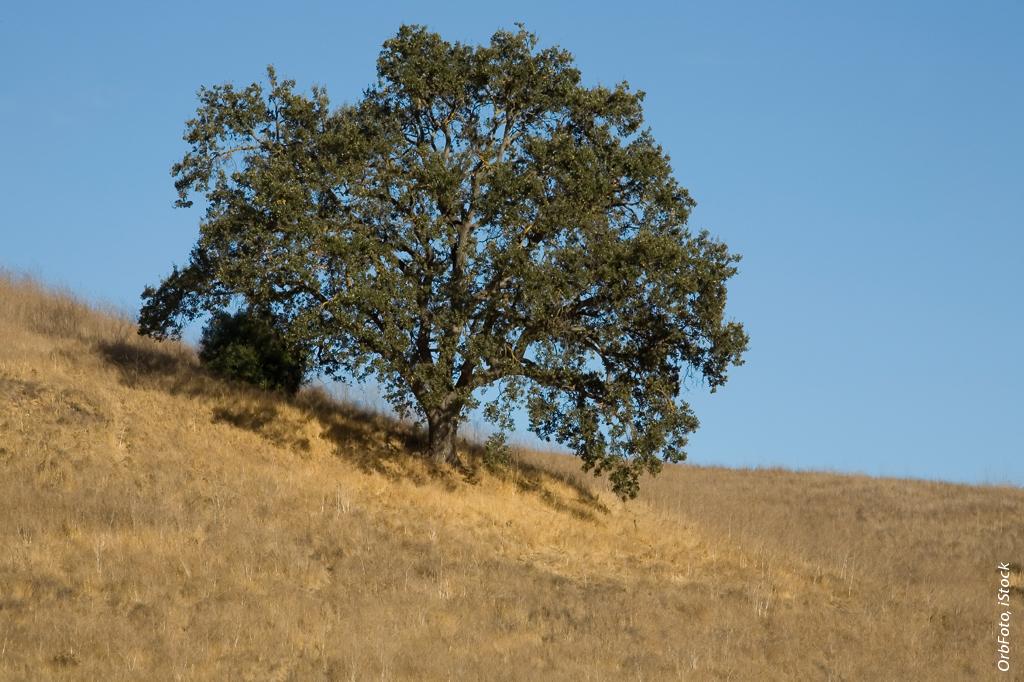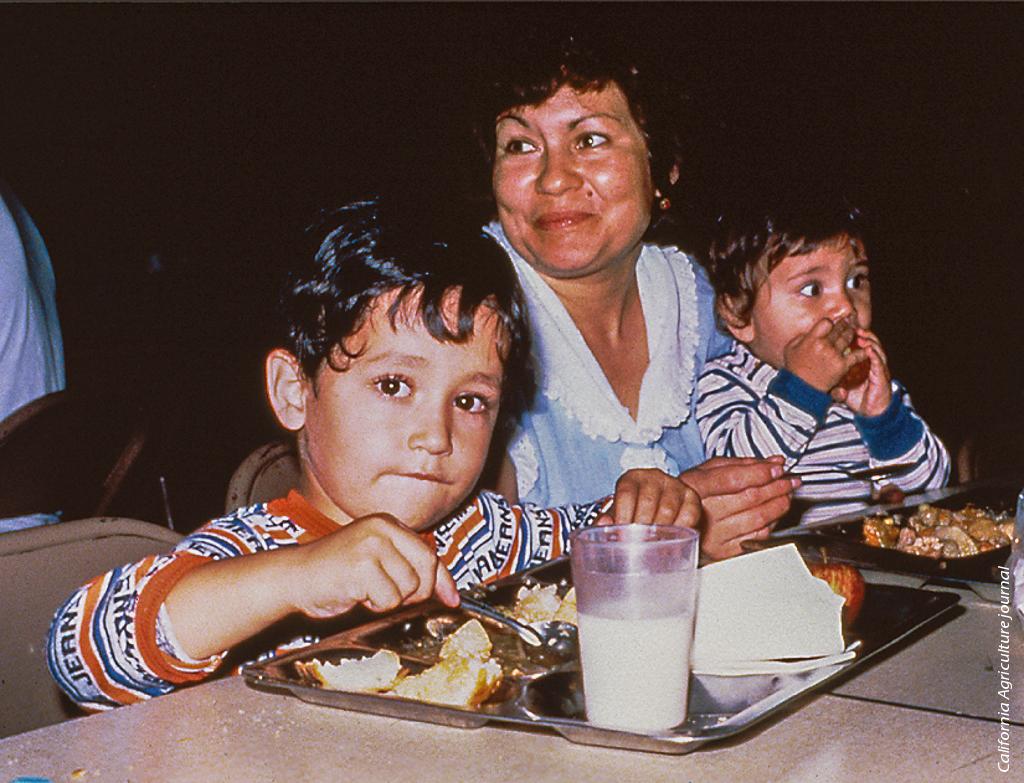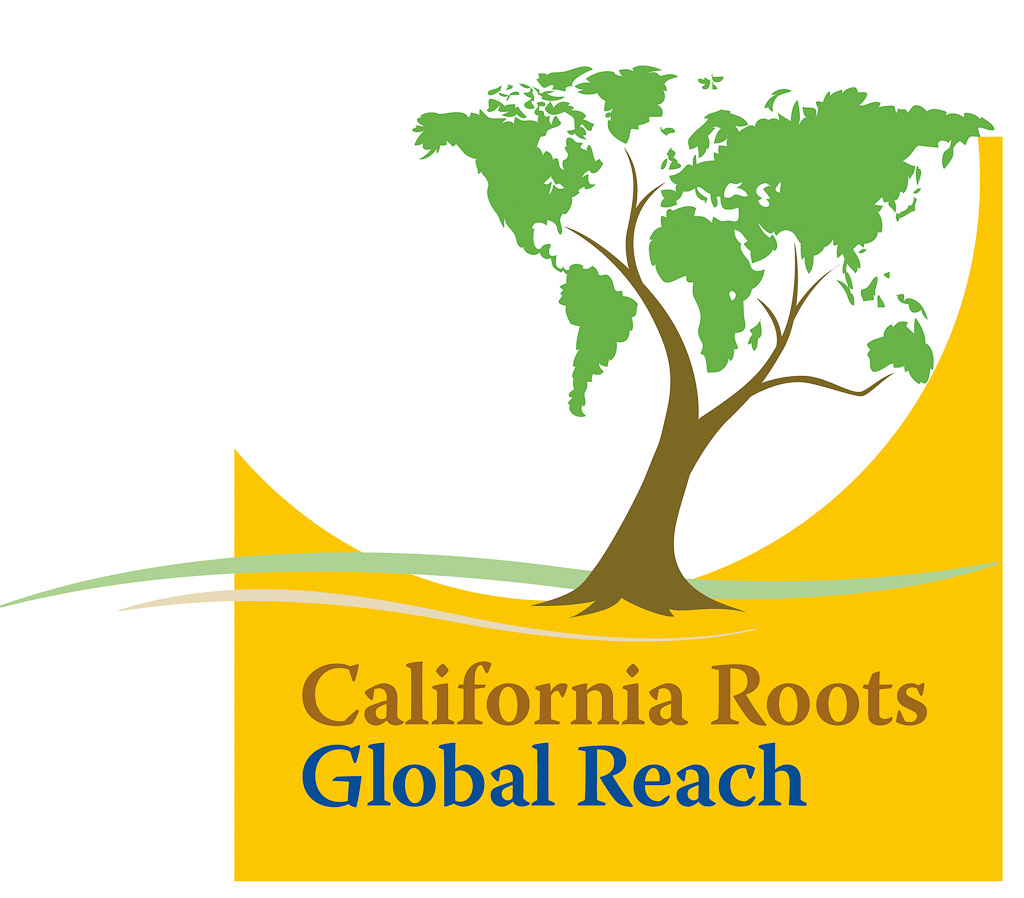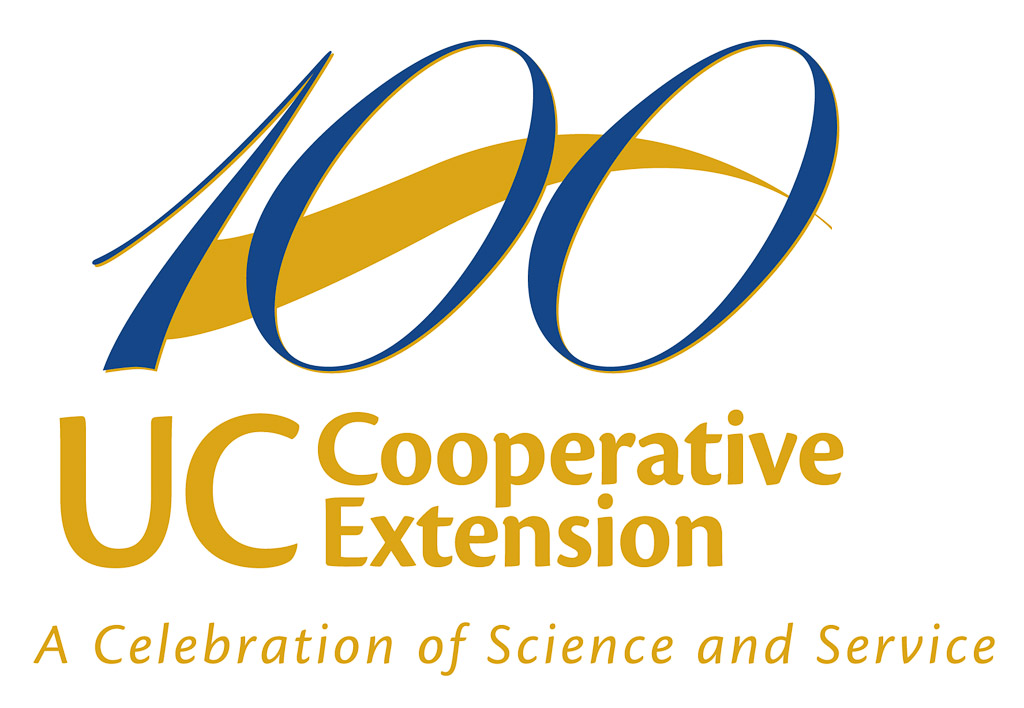All Issues
California milestones
Publication Information
California Agriculture 68(1):8-15. https://doi.org/10.3733/ca.v068n01p8a
Published online January 01, 2014
NALT Keywords
Full text
1862
President Lincoln signs Morrill Act, authorizing development of agricultural “land-grant” colleges in each state
1868
University of California founded to teach “agriculture, mining and the mechanical arts”
1887
Hatch Act establishes federal funding for agricultural research in state land-grant colleges
1912
UC agricultural clubs formed in Ferndale and Fortuna; these early clubs evolved into today's 4-H program
1913
Andrew Hansen Christiansen named California's first Extension farm advisor, placed in Humboldt County
1914
Congress passes the Smith-Lever Act, making federal funds available for extension work
1915
UC Agricultural Extension Service (later renamed “Cooperative Extension”) appoints farm advisors in Glenn, Solano, Stanislaus and Placer counties
1917
Emergency war appropriations provide growth for UC Agricultural Extension as “food for victory” becomes national priority
1918
First UC Extension specialist, a poultryman, hired with goal to double egg production from 80 eggs per hen per year average
1919
B.H. Crocheron recruited to direct state's Agricultural Extension Service, which he does for next 35 years
1920
Crocheron establishes week-long traveling conferences where caravans of farm advisors and Farm Bureau representatives travel for hundreds of miles viewing selected farms.
Farm Bureau centers established in more than 500 rural communities
1921
Volunteer leader concept implemented for high school boys' and girls' agricultural clubs organized by farm advisors, forming the basic structure and philosophy for today's 4-H Youth Development Program
1922
Growers begin acquiring tractors; UC Extension holds one-week schools in 12 counties teaching growers how to adjust and repair their new machinery
1923
Extension completes first decade with 40 farm advisors, 33 assistant farm advisors and 21 home demonstration agents in county offices
1924
Extension workers help bring an outbreak of foot and mouth disease under control
1925
Hilgardia, a monographic series of agricultural science, begins
1926
First Agricultural Extension circulars published
1927
Extension academics begin specializing in poultry, dairy, citrus, walnuts, agricultural engineering, etc.
1928
“4-H” appears for the first time in California reports on youth work
1929
Extension provides emergency assistance when St. Francis Dam break inundates portions of Ventura and Los Angeles counties
Extension Director Crocheron embarks on fact-finding tour in Asia to investigate potential markets for California specialty crops; his outlook is not optimistic
1930
Focus turns to practical application of science to agriculture, with progress on soil fertility and new dusts and sprays to control crop diseases
1932
“Cal-Approved” seed program begins to ensure quality seed for standard and improved varieties
1934
Extension tapped to help federal government implement and administer Agricultural Adjustment Administration programs to help growers stabilize their incomes
Severe drought hits California: 18 California counties declared emergency areas eligible for federal funds; farm advisors serve as government agents in purchasing livestock in the hardest-hit areas
1935
With encouragement from a UC Extension forestry specialist, 2,000 miles of windbreak planted to effectively protect Southern California citrus districts
1936
Congress approves Soil Conservation and Domestic Allotment Act to conserve soil and prevent erosion; Extension agents given responsibility of carrying out organizing work
1937
George B. Alcorn joins Extension as agricultural economist; he will become third director of California Agricultural Extension Service in 1956
1938
Federal-state agreements establish pilot land-use planning program in U.S. counties; UC Extension monitors programs in Riverside, Kern, Sonoma and Yuba counties
1940
Farm advisors and home demonstration agents lead wartime committees, conduct war bond campaigns and organize state militia that recruits more than 23,000 volunteers
1941
Victory gardens and rural fire protection become important Extension topics
1942
In response to Pearl Harbor, Extension agents organize Emergency Farm Fire Protection Project, forming more than 2,000 volunteer fire companies in 42 counties to thwart possible incendiary attacks
Director Crocheron organizes California Minute Men rural militia; 20,000 men sign up through county Extension offices to serve on reserve duty
1943
Extension asked to administer Emergency Farm Labor Project to assure adequate supply of workers for wartime agricultural production
1945
In response to newly formed Forest Service grazing restrictions, Extension advisors help ranchers determine most efficient locations and methods to feed cattle
1946
Sixty new Extension appointments made
California Agriculture journal begins publishing
1947
Seventy-eight new Extension agents hired
1948
Extension Director Crocheron dies suddenly, ending an era; acting director Chester Rubel writes “… a deep understanding of rural problems, a genius for organization, and a devotion to agriculture and to rural people … made [Crocheron] an outstanding leader…. The foundations which he laid are sound and enduring … His work will go on.”
1950
Extension reorganizes to better cope with scientific and technical advances and with California's rapidly increasing population; home demonstration agents become home advisors; county director positions created to coordinate local farm and home advisor programs
New specialist positions added in range management, ornamental horticulture, subtropical horticulture, plant pathology, vegetable crops, deciduous fruits and nuts, agricultural engineering, marketing, extension education, 4-H, home economics, youth counseling, apiculture, biometrics, climatology, crops processing, forest products, nematology, parasitology, enology, pesticide safety, consumer marketing, wildlife management, public affairs, radio-TV, dairy products and soil and water salinity
1953
Extension researchers study air pollution damage to various crops in Los Angeles Basin and San Francisco Bay Area
1954
UC Extension specialists coordinate with USDA to develop new shade structures for livestock in hot weather
1955
Extension staff totals 549, more than double 1940's Extension workers
1956
UC Davis scientists and Extension farm advisors develop tomato varieties around state, identifying three new hybrids with superior yields
1957
Extension farm advisors work on improving irrigation efficiency by applying water based on specific soils and crop needs
1958
UC Extension entomologists release guidelines for growers on minimizing effects of pesticides on bees
1959
Extension agricultural economists study challenges and opportunities in California's rural-urban transition
1960
Extension efforts on advancing production agriculture improve farm productivity and mechanization
Home economics program reorganized as Family and Consumer Sciences
4-H programs developed in urban, low-income areas
1961
UC's pioneering biocontrol efforts well under way; scientists release imported parasitic wasps to combat specific citrus pests
1962
Experiment Station researchers and specialists study how to protect state's redwood trees from soil compaction and other damage from recreation, logging and development
1963
Farm advisors work with rice growers in Butte, Colusa, Glenn, San Joaquin, Sacramento, Sutter, Yolo and Yuba counties on fertilizer efficiency
1964
50th anniversary of Smith-Lever Act; UC Extension has 532 farm and home advisors and specialists in 50 subject areas
1965
Extension irrigation specialist and Sacramento County farm advisor encourage nurseries to use plastic tubes with electric timer to irrigate containers, rather than overhead sprinklers
1966
Extension entomologists and Fresno County farm advisors study impact of insecticides on beneficial insects in cotton fields, part of UC's work on pest control methods that utilize beneficial insects, mites and spiders
1967
Extension farm advisors work with UCD's Department of Vegetable Crops to develop new varieties of peppers resistant to tobacco mosaic virus
1969
Expanded Food and Nutrition Education Program (EFNEP) developed to reach lowincome families
1970
Extension programs begin to take an international perspective, reflecting concerns about world food supply
Programs established in community development, farm personnel management, integrated pest management (IPM) and marine fisheries
1971
Extension farm advisors, specialists and Agriculture Experiment Station faculty boost Central Coast production by conducting mechanical harvesting trials for Ventura County citrus, demonstrating chemical inhibition of avocado top regrowth and assessing lettuce response to soil fumigation for nematode control
1972
UC conducts drip irrigation experiments on San Diego County avocados
1973
In response to environmental concerns, UC works with Santa Clara County's canning industry on using cannery wastes as soil amendment
1974
UC changes name of Agriculture Extension Service to UC Cooperative Extension (UCCE) to reflect its broadening social and economic purview
UC explores impacts of significant air pollution on Southern California leafy vegetables and on San Joaquin Valley cotton production
1976
UC research indicates that EFNEP improves dietary practices of low-income populations
1977
UC Small Farm Program established to focus on specialized needs of small-scale and limited-resource growers
1979
UC Statewide Integrated Pest Management Program formed to accelerate research and education on production alternatives that use fewer chemicals
1980
From 600 pages of oral history gathered by UC researchers, UCCE studies how technology has changed farms and farm families
UC announces the release of six new strawberry varieties
1981
UC survey of agricultural college graduates shows women have not yet broken barriers in employment, salaries and status in agriculture
UC hires its first affirmative action officer to encourage more women and minorities to seek careers in CE
1982
Peripheral Canal referendum fails; UCCE praised for providing objective water policy information to public
1986
UC begins two environmentally oriented programs: Sustainable Agriculture Research and Education Program, to help California growers practice sustainable production and marketing systems; and Integrated Hardwood Range Management Program, to study problems facing oak trees and other hardwoods
1988
UCCE reorganized, making campus-based specialists integral part of academic departments
1989
California 4-H club members number about 76,000; more than 40% live in large cities or suburbs and 55% are girls
1990
Money Talks program developed by UCCE home economists to help low-income families improve their financial situations
1991
UCCE specialists share potential impacts of fair trade agreements on popular commodities
1992
Experts from UCCE analyze economic impact of sweet potato whitefly in Imperial Valley
1993
UCCE helps small-scale growers by providing workshops for Southeast Asian immigrant growers in Central Valley
1994
Study by UCCE scientists documents trend of growers using more sustainable farming practices
1995
With help from UCCE researchers, almond growers in Merced County reduce pesticide use
1996
UCCE begins using World Wide Web and email to conduct outreach
Spanish-language UCCE specialist begins using radio to teach nutrition to Latino families
1998
In response to dust pollution concerns, UCCE scientists collaborate to stabilize soil and reduce windblown dust in Antelope Valley
1999
UCCE team documents significant benefits from agritourism to growers and communities in San Diego and other metropolitan counties
2000
Study by UCCE researchers finds that school gardens teach children healthier eating habits
2001
UC scientists develop integrated approach to managing sudden oak death, a disease that has killed millions of oak trees
2003
To help California cheesemakers develop successful marketing strategies, UCCE studies shopping habits of specialty cheese consumers
2004
UCCE nutritional research finds link between food insecurity and obesity in Latino families
2005
Kearney Agricultural Research and Extension Center celebrates 40 years partnering with UCCE on research
2006
UCCE study finds decreasing size of grape harvest baskets leads to healthier farm workers and fewer back problems
2007
UCCE develops and tests IPM program for cut roses, the largest component of California's cut-flower industry
2008
Sonoma and Napa UCCE study biocontrol in vineyards as part of CE's work on making viticulture more sustainable
2009
UC ANR introduces its Strategic Vision through 2025
2010
Four UC ANR strategic initiatives established: Sustainable Food Systems, Healthy Families and Communities, Endemic and Invasive Pests and Diseases and Sustainable Natural Ecosystems
UCCE study finds Southern California nurseries adopting best practices for reducing water runoff from their facilities
2011
Strategic initiative for Water Quality, Quantity and Security established
Collaborative UCCE and UCD study on nitrate levels in groundwater released to State Water Board and governor
2012
UC ANR internal grants program funds research and extension education in new areas of biofuels and local food systems
2013
UC ANR holds Global Food Systems Forum, attracting viewers from more than 70 countries
2014
UCCE celebrates 100 years of bringing science and service to California communities



